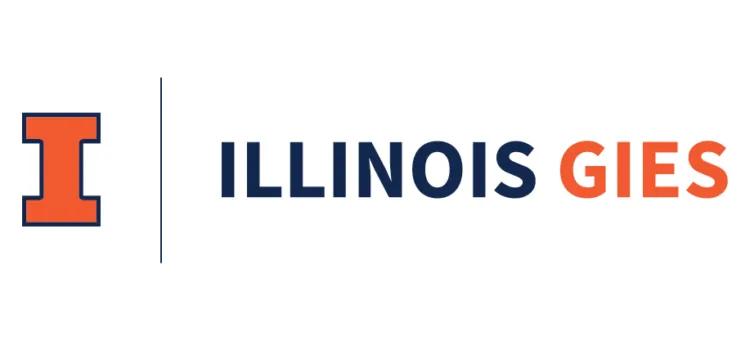
With five different campuses around the world, Hult International Business School counts a vast majority of its students as international. It reported 94% of its freshmen as international, two percentage points higher than last year and more than 70 points higher than the next closest school. Courtesy photo
An important tenet of business education is to prepare students for real-world experiences. In an increasingly global economy, that means exposing students to a diverse range of backgrounds and cultures. A well-rounded business education incorporates a diversity of thought and experience in both its curriculum and classroom, providing space for students from backgrounds not traditionally as well represented in business school cohorts.
Poets&Quants released its annual ranking of the Best Undergraduate Business Schools on Thursday (January 27). The ranking includes 94 schools, up from 93 last year.
As part of the extensive data-collection process, we collect student demographic data for incoming business majors that, while not used in the ranking methodology, do offer important insights into the school environments. In this story, we’re looking at the percentage of international and underrepresented minority students enrolling at the top business schools. (Find analysis on the percentage of women and first-generation students here.)
BEST SCHOOLS FOR MINORITY REPRESENTATION
This past fall (2021), no other business school had a higher percentage of U.S. minorities enter their freshman classes than Florida International University at 79%. This is a jump of 14% from last year when it reported 65% minorities and had the second-highest percentage of ranked business schools.
Last year’s top school for minority representation, University of Texas at Arlington, fell to the No. 2 spot in this year’s percentage with 72%, up from 70.5% in the fall of 2020.
Rounding out the top five schools for minority representation in this year’s ranking is Northern Illinois University (61.3%), Towson University (49%) and Rutgers Business School-Newark (47%). Washington University in St. Louis’s Olin Business School is the only top 10 undergrad business school to be among the schools with the highest percentage of underrepresented minorities in its freshman class. See table below.
Ten business schools failed to break 10% of their freshman classes being underrepresented minorities. Indiana Kelley, ranked 11 overall, had 9.82% of minority students.
A SKY-HIGH PERCENTAGE OF INTERNATIONAL STUDENTS FOR ONE BUSINESS SCHOOL
With five different campuses around the world including Boston, London, Dubai, San Francisco, and Shanghai, Hult International Business School counts a vast majority of its students as international, and outpaces all other business schools in the metric by wide, wide margins. This year, Hult reported 94% of its freshmen as international, two percentage points higher than last year and more than 70 points higher than the next closest school.
Across the board, last year’s sharp decline in international students caused by COVID-19 travel restrictions and other virus-related issues, rebounded slightly this year but is still not up to pre-pandemic levels.
Seattle University’s Albers School of Business and Economics, for example, followed Hult with 23.6% international students, up slightly from last year’s 21.20% but down substantially from two years ago when the school reported 32% – a school record.
Questrom School of Business was third with 23.6% after not reporting its percentage in last year’s ranking. UPenn’s Wharton was third with 22% and also did not report the figure last year. Goizueta Business School at Emory University, at 21%, rounds out the top five and is up significantly from the 12% of international freshmen a year ago.
In 2019, all five of the top schools reported 25% or more of their freshman class were international students: Seattle Albers (32%), Babson College (29%), Questrom (25.8%), Northeaster’s D’Amore-McKim (25.1%) and Wharton 25%. Two years later, no schools broke 25% (except for Hult whose disproportionate numbers skew the trend.) You can see the top 10 in the chart below.
At the other end of the spectrum, 23 schools in our ranking failed to break 2% for international students. Five schools didn’t break 1%: Texas A&M Mays, University of Tennessee Haslam, University of New Hampshire Paul, Auburn University Harbert, and Sacred Heart University.
Many schools on the list below are strong regional schools that cater largely to students in their areas.
NEXT PAGE: Find data on the percentage of international and underrepresented minority students on all 95 ranked business schools on Page 2 and 3.










